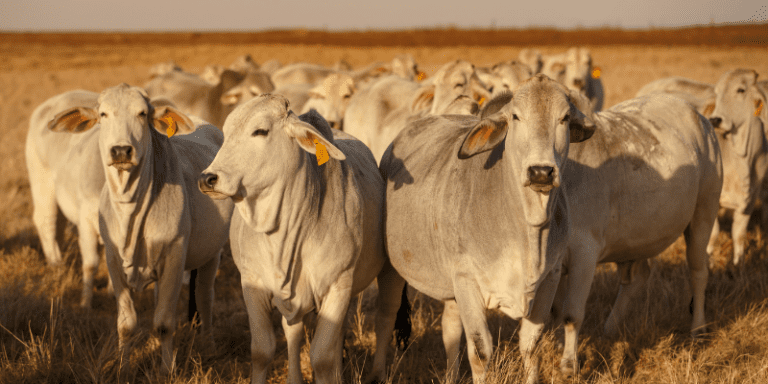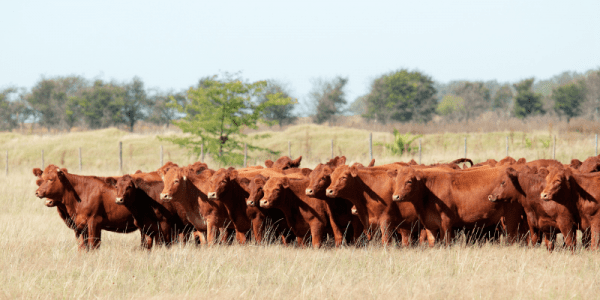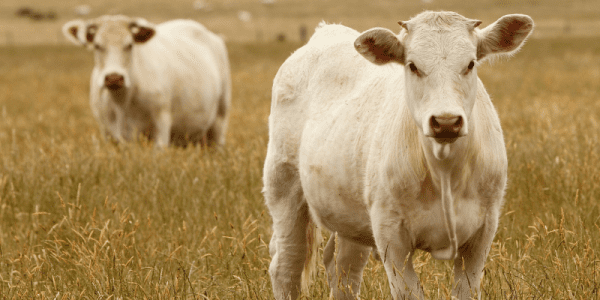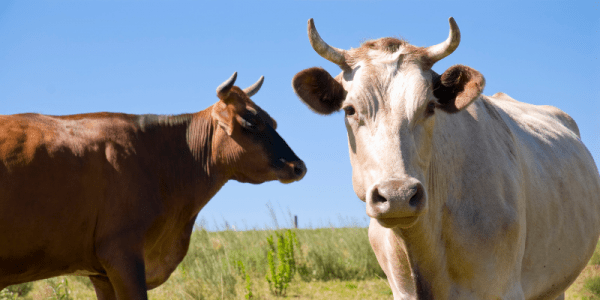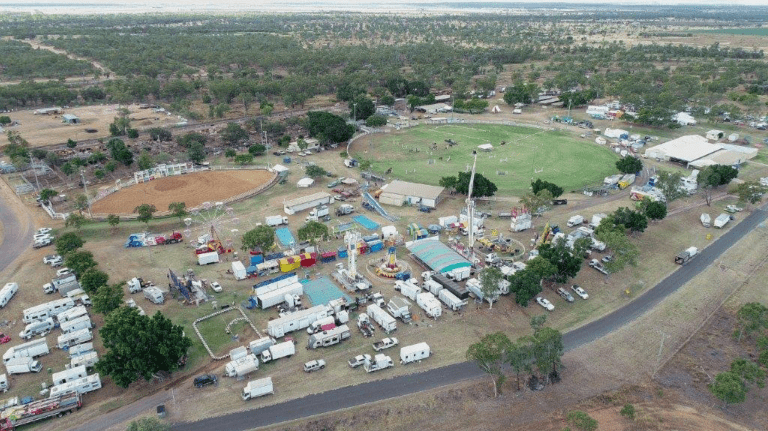Cattle plays a massive part of Queensland’s agricultural industry and economy, with feedlots on the increase. Wall Planning Group (WPG) have obtained approvals for a number of cattle feedlots across Central Queensland over the past year. Need feedlot approval in Queensland? Here’s what you need to know.
The Feedlot Approval Process
When submitting a feedlot development application for approval, it can be a little more time consuming than many people anticipate. Where a lot of development applications may only deal with local council, there are multiple government departments and agencies that have requirements that need to be met for a feedlot.
This is why it is recommended that that a town planner be hired to manage the process. A town planner will have the connections, the knowledge, and the experience to know exactly what needs to be addressed and how best to address it.
Our process for feedlots is:
- Initial Consultation with WPG – we get to know your project inside and out to get all those critical details we know will be required for the application. This is also a chance for questions to be asked and the process explained.
- Sub-Contractor Consultations – WPE arrange supporting material, such as plans, from sub-consultants such as engineers and environmental specialists.
- Pre-Lodgement Meeting with Council & State Government – This meeting is organised and hosted by WPE to identify site-specific requirements and triggers relating to the Development Application.
- Site Visit with the Department of Agriculture & Fisheries (DAF) – This visit establishes further site-specific requirements for the development application of the feedlot.
- Preparation and Submission of Development Application – WPE consolidate all the requirements and information about the project to construct a development application that addresses all government department legislations.
- Submission of Local Council Application and Referral to State Assessment and Referral Agency (SARA) – these are submissions relating to specific triggers such as impacts on the state-controlled network.
- Public Notification – this will depend on the level of assessment for your feedlot, for instance if it is an impact assessable development application. The public notification period is when the community can learn more about the development project.
- Decision Stage – requests for information and decision notices will be issued, potentially with site-specific conditions that must be met as a part of the development approval.
The Feedlot Approval Timeline
The process requires a lot of paperwork! There are forms to fill, Council and State Government fees to be calculated, designs to be prepared, not to mention the Development Application Report that is required to set out a clear assessment against of the relevant codes and requirements.
Sound like too much? Leave it up to us and we’ll take care of it all. The timeline:
- Preparation of the application may take up to 4 – 8 weeks with WPE, depending on the level of technical information required.
- Assessment of the application by Council could take around 6 months, however it’s recommended to allow approximately 8 months. Extensions to the timeline could occur depending on whether the Council issues an Information Request.
We recommend to our clients that the whole process can take approximately 8 to 10 months.
Feedlot Approval Supporting Information
The most common supporting information required for a feedlot development application is:
- Site Plans –prepared by a specialist consultant that will help identify the best location based on the planning and environmental constraints.
- Traffic Impact Assessment Report – these are prepared by a civil engineer and assesses the impact that the feedlot could have on the transport network, identifying reasonable solutions to address these impacts.
Things To Consider For Your Feedlot
Whilst the requirements for a feedlot will depend on the regulations of the specific site, there are still some important general questions to consider:
- Do you have access to sufficient water on-site?
- What type of regulated vegetation is on or near the site?
- What are the access routes ?
- Where will the trucks be travelling to and from?
Town Planners Who Know Their Feedlots
Approval for a feedlot requires a true understanding of the business, the industry, and the region. WPG’s team are Central Queensland locals and experienced in feedlot approvals. In fact, our Director, Renee Wall , lives and works on a CQ cattle property! You don’t get much more “in the know” than that.
Have an obligation-free chat to Wall Planning and Environmental Consulting’s specialist team TODAY about the services available for your feedlot project.

